Structural Design Services
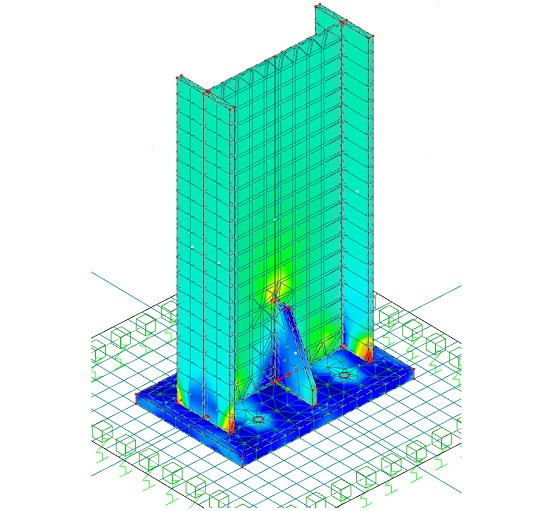
Finite Element Modelling
Although finite element modelling cannot be seen as a separate part of the analysis and design process, we believe that it is perhaps one of the most important stages of the design process. The selection of the correct elements representing the most appropriate behaviour of the structure, coupled with the most appropriate boundary conditions, is the basis of the remainder of the design process. We devote a great deal of effort to this stage to ensure that the analysis is correct first time, the design is based on the correct analysis and rework is minimised.
Our FEM experience includes the following:
- Generating models from scratch or importing from 3D CAD models
- Model meshing based on either mapped meshing or auto-generated meshing
- Selection of boundary conditions that correctly restrain the model where required, and apply releases as needed.
- Application of load cases to comply with design code requirements
- Processes to check and document model quality
- Full documentation of the model parameters
- Each client receives the full model at the end of the contract
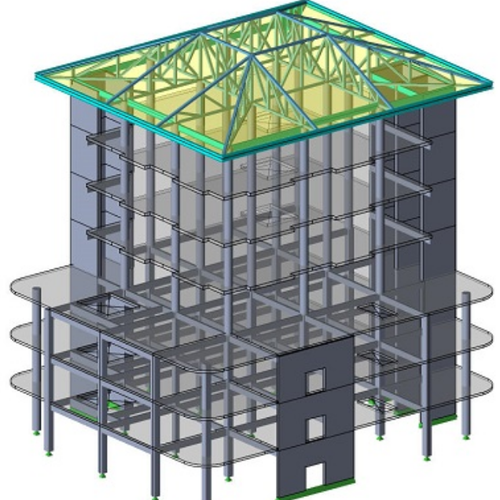
Steel Design
Structural Steel design is a science, but it is also an art. Our experience over the years has taught us that steel structures don't only have to be functional, but they can also be beautiful. Our focus is on producing designs that are cost-effective, but that also allow for fast and easy constructability on site.
Our experience includes the following:
- Lattice structures - using hot-rolled and hollow sections
- General hot-rolled steel member design
- Cold formed steel design of purlins and girts
- Castellated and Cell Beam Sections
- Lattice steel bridges and walkways
- Connection design, including highly loaded non-standard connections
- Full finite element design of structures, including modelling and code based compliance checks
- Experience using SANS, ACI, AISC and EC
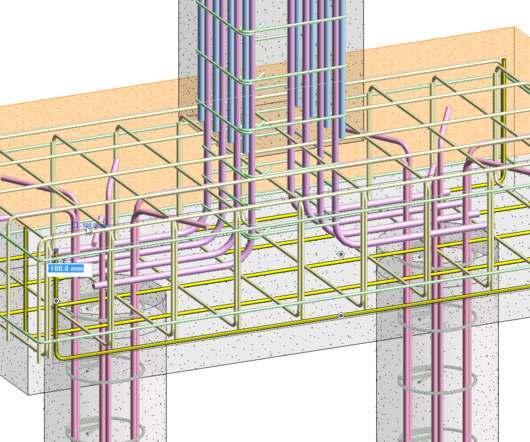
Reinforced Concrete Design
Concrete has been transformed over the last few years. A material that many regarded as being a boring material, used for the skeleton of the structure to be covered by some sort of facade, concrete has the ability to take on any form, limited only by the imagination of the designer. This allows us to design free flowing structures, that are both beautiful and eye catching.
Our experience includes the following:
- Foundations and bases, including strip and pad footings, piles, pile caps, ground beams etc.
- Structural elements such as walls, slabs, columns, beams etc.
- Using the latest CAD design tools, any shape is possible
- Retaining walls
- Investigation and non-linear analysis of concrete sections to predict actual deflections and expected cracking
- Development of full rebar details, including bending schedules and BoMs
- Full specification of concrete mixes for specific applications
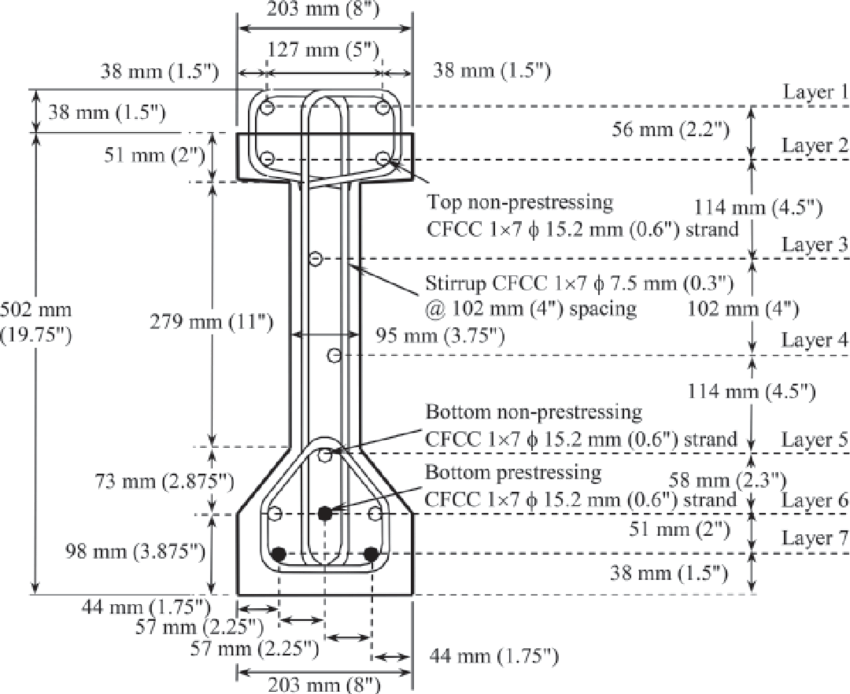
Prestress Concrete Design
Prestressed concrete is used in a wide range of buildings and civil structures where its improved performance can allow for longer spans, reduced structural thicknesses, and material savings compared with simple reinforced concrete. , foundation systems, bridge and dam structures, silos and tanks, industrial pavements and nuclear containment structures.
Our experience includes the following:
- Residential slabs - mainly prestressed, including block and lintel and rib and block specification
- Bonded and unbonded post-tension applications
- Prestressed applications, such as precast slabs, beams and columns
- Design of the concrete sections as well as the prestress tendon system
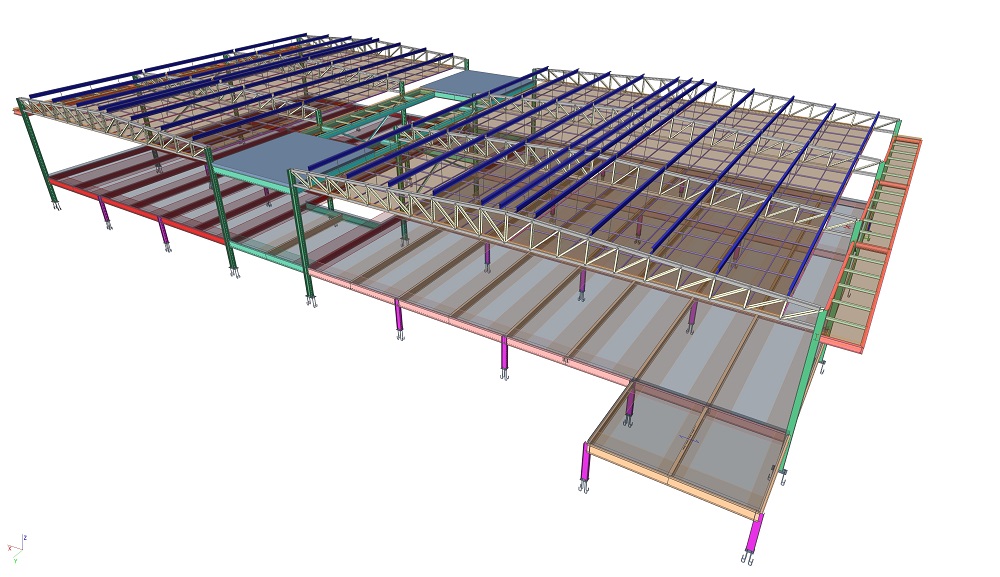
Composite Design
Composite design is generally regarded as a high-tech domain of exotic materials and specialised processes. Reinforced Concrete design is however a good example of how common composite design is.
Other applications of composite design include the following:
- Development of floor slabs using concrete topping on steel decking, supported by permanent shuttering
- Strengthening of slabs and beams using CFRP strips bonded to the concrete using epoxy
- Incorporating steel and concrete into columns to take advantage of their unique strengths
- Addition of composite fibres to concrete to reduce cracking and to increase tensile capacity
